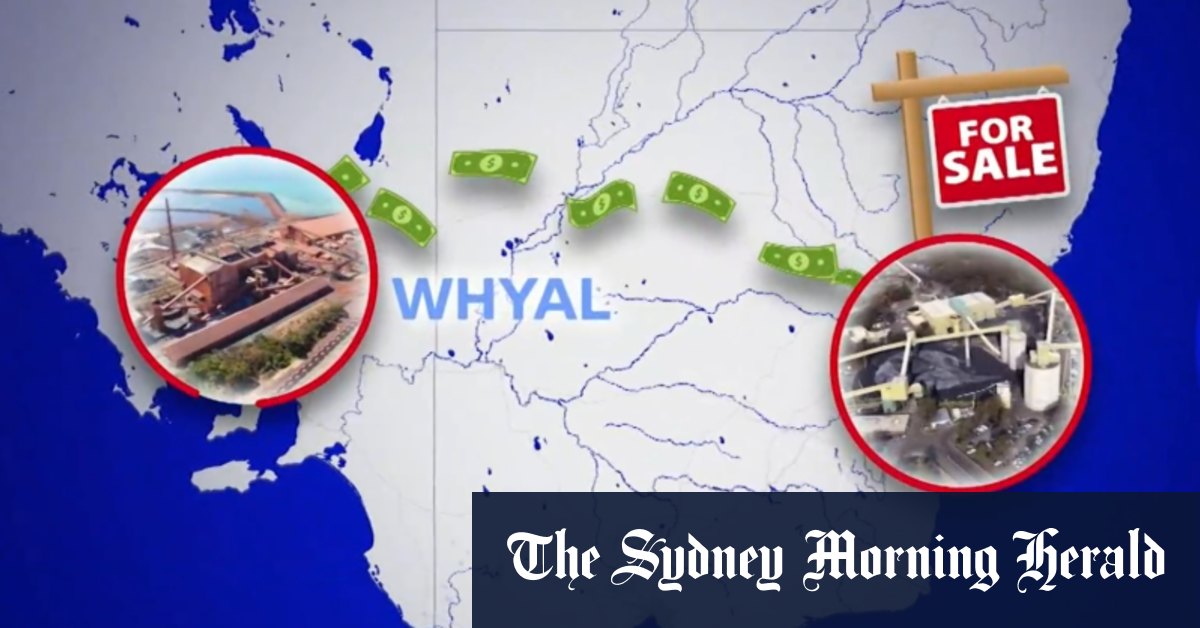Australia
SA hydrogen plant in limbo amid Whyalla doubts

Introduction to the South Australian Hydrogen Plant Project
The South Australian (SA) government has encountered a significant setback in its ambitious hydrogen plant project, which was initially intended to bolster the state’s renewable energy sector and create jobs. The project, which had garnered considerable attention for its potential to position South Australia as a leader in the clean energy transition, is now in a state of uncertainty. This uncertainty stems primarily from doubts surrounding the future of the Whyalla steelworks, a critical component of the region’s industrial landscape. The SA government’s decision to halt the purchase of essential machinery for the hydrogen plant reflects the broader challenges of integrating new energy technologies with existing industrial infrastructure.
The Importance of the Whyalla Steelworks
The Whyalla steelworks, operated by Liberty Primary Metals, is one of the largest employers in the region and a cornerstone of the local economy. The steelworks has been facing financial difficulties, which has raised concerns about its long-term viability. The SA government had initially envisioned the hydrogen plant as a complementary project to the steelworks, with the hydrogen produced being used to reduce carbon emissions from the steelmaking process. However, the uncertainty surrounding the steelworks’ future has cast a shadow over the hydrogen plant’s feasibility. Without a stable and operational steelworks, the hydrogen plant’s primary customer and purpose are in jeopardy.
The Government’s Decision and Its Implications
In light of the ongoing uncertainty, the SA government has decided not to proceed with the purchase of a critical piece of machinery for the hydrogen plant. This decision has been interpreted as a cautious approach to avoid sinking further resources into a project that may not have a viable future. While the government has not entirely scrapped the project, the delay in purchasing the machinery suggests a lack of confidence in the short-term prospects of the Whyalla steelworks. This decision has sparked mixed reactions, with some praising the government’s prudent approach and others expressing disappointment at the potential loss of jobs and investment in the region.
The Role of Renewable Energy in the Hydrogen Plant Project
The hydrogen plant was designed to leverage South Australia’s abundant renewable energy resources, particularly wind and solar power, to produce clean hydrogen. This hydrogen would then be used to decarbonize the steelmaking process at the Whyalla steelworks, reducing greenhouse gas emissions and helping Australia meet its climate goals. The project was also seen as a step towards establishing South Australia as a major player in the global hydrogen market. However, the reliance on the Whyalla steelworks as the primary consumer of the hydrogen has made the project vulnerable to fluctuations in the steel industry.
Community Reactions and Economic Concerns
The decision to delay the hydrogen plant has raised concerns among local residents and businesses in Whyalla. The steelworks is not only a major employer but also a source of community pride and identity. The uncertainty surrounding its future has created anxiety among workers and their families, who are now faced with the possibility of job losses and economic instability. Local business leaders have also expressed concerns about the broader economic impact of the delay, as the hydrogen plant was expected to bring in new investment and create additional jobs in the region.
The Future of the Hydrogen Plant and Whyalla Steelworks
As the SA government continues to assess the situation, the future of the hydrogen plant and the Whyalla steelworks remains uncertain. While the government has not ruled out reviving the project in the future, the delay in purchasing the machinery suggests that the project is no longer a priority. The situation highlights the challenges of transitioning to a clean energy economy, particularly in regions where traditional industries are struggling to adapt. The outcome of this situation will have significant implications for the future of Whyalla and South Australia’s ambitions in the renewable energy sector.